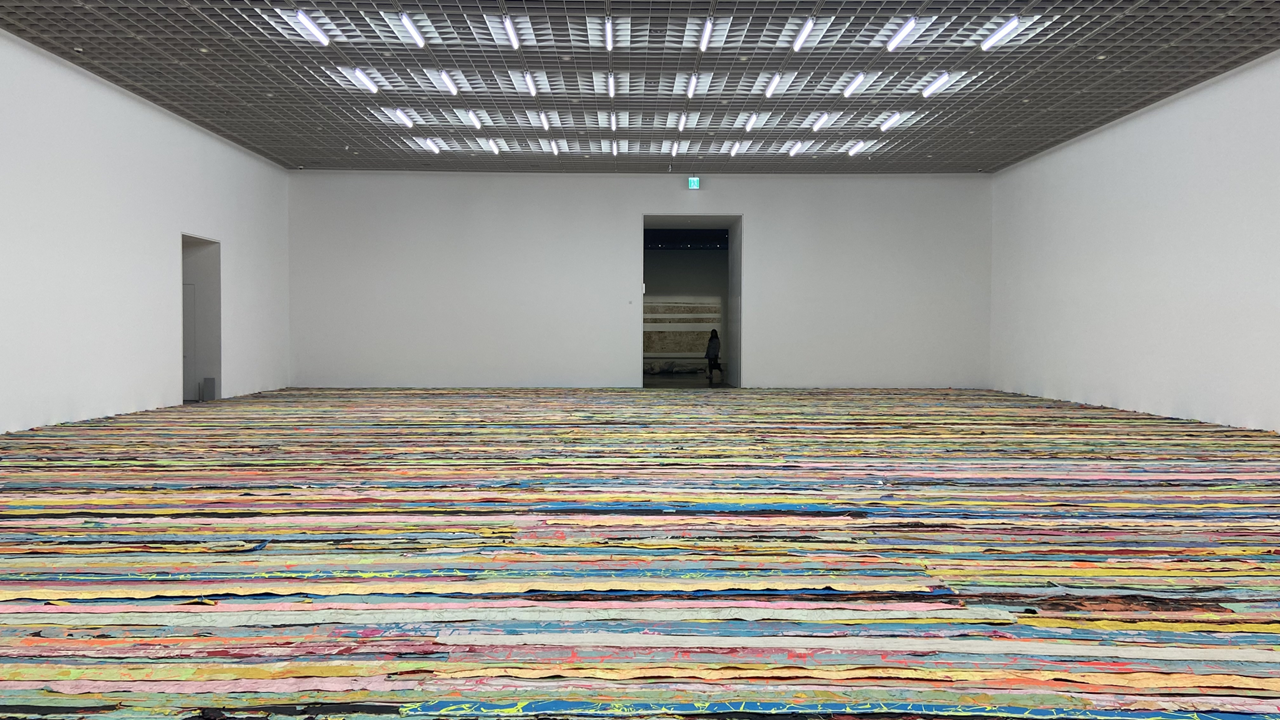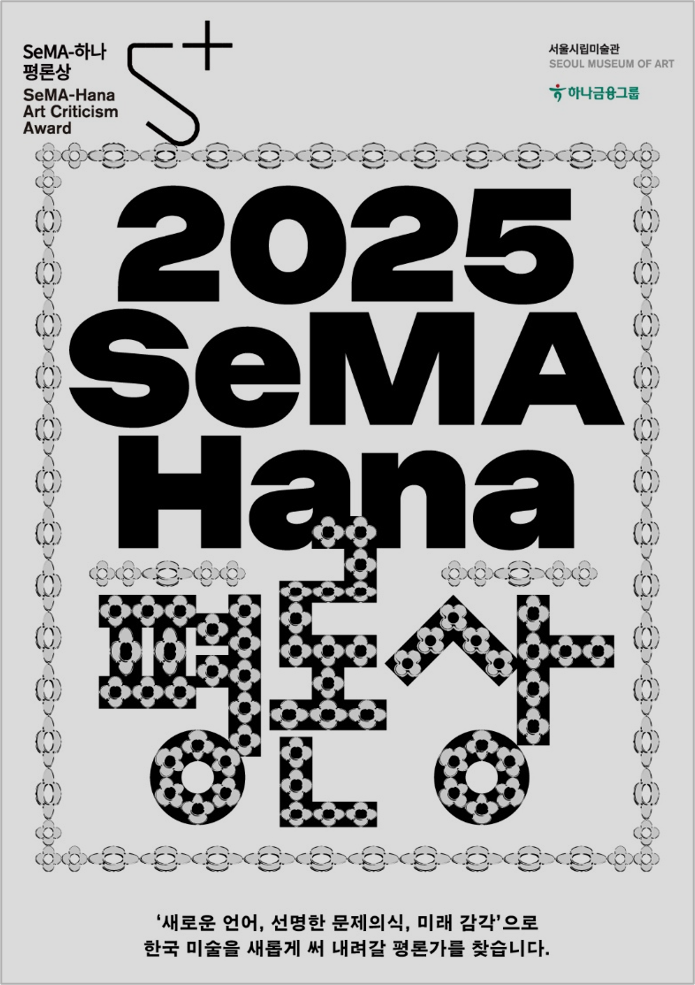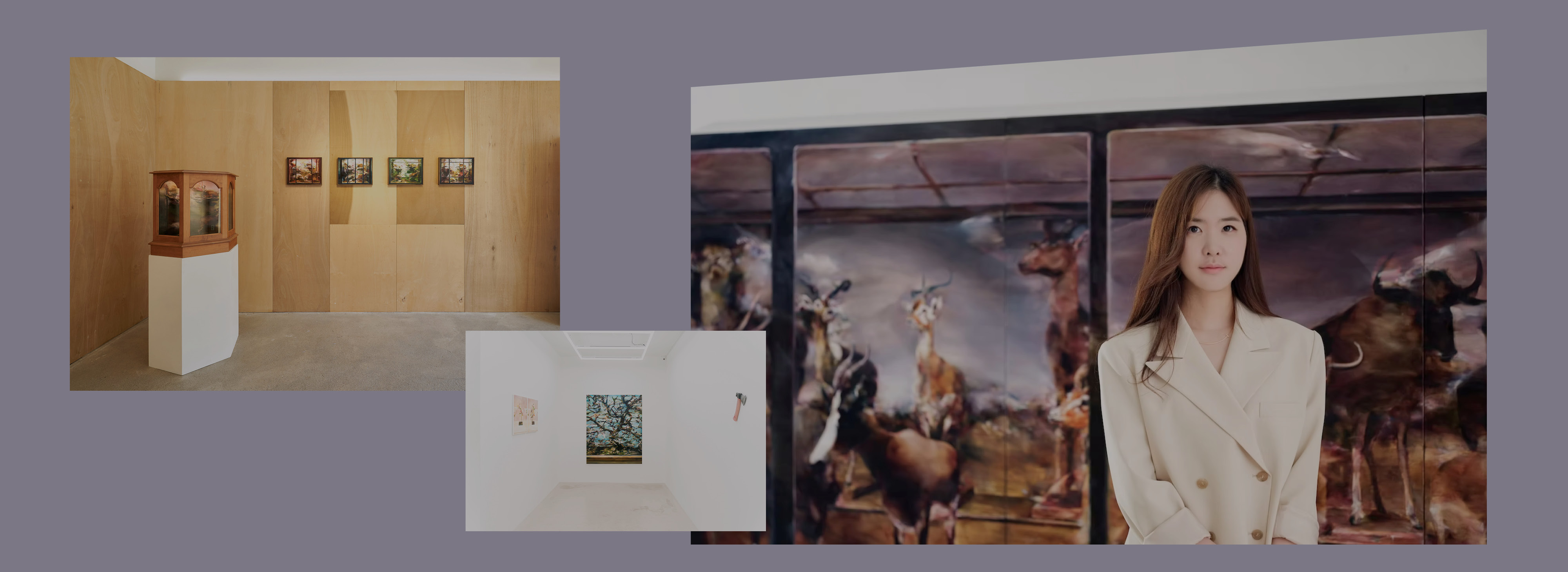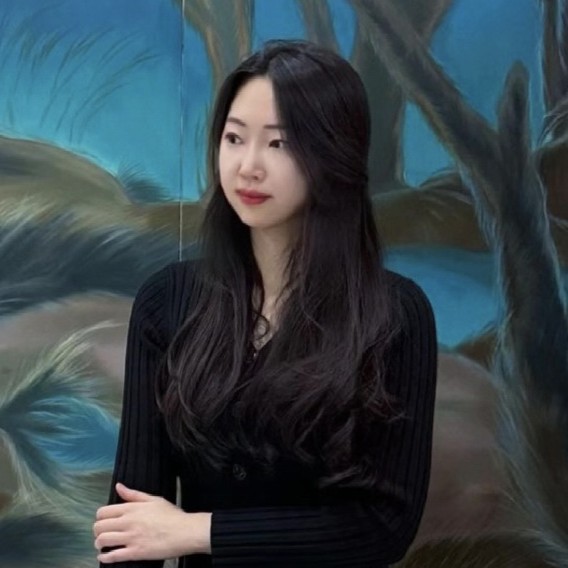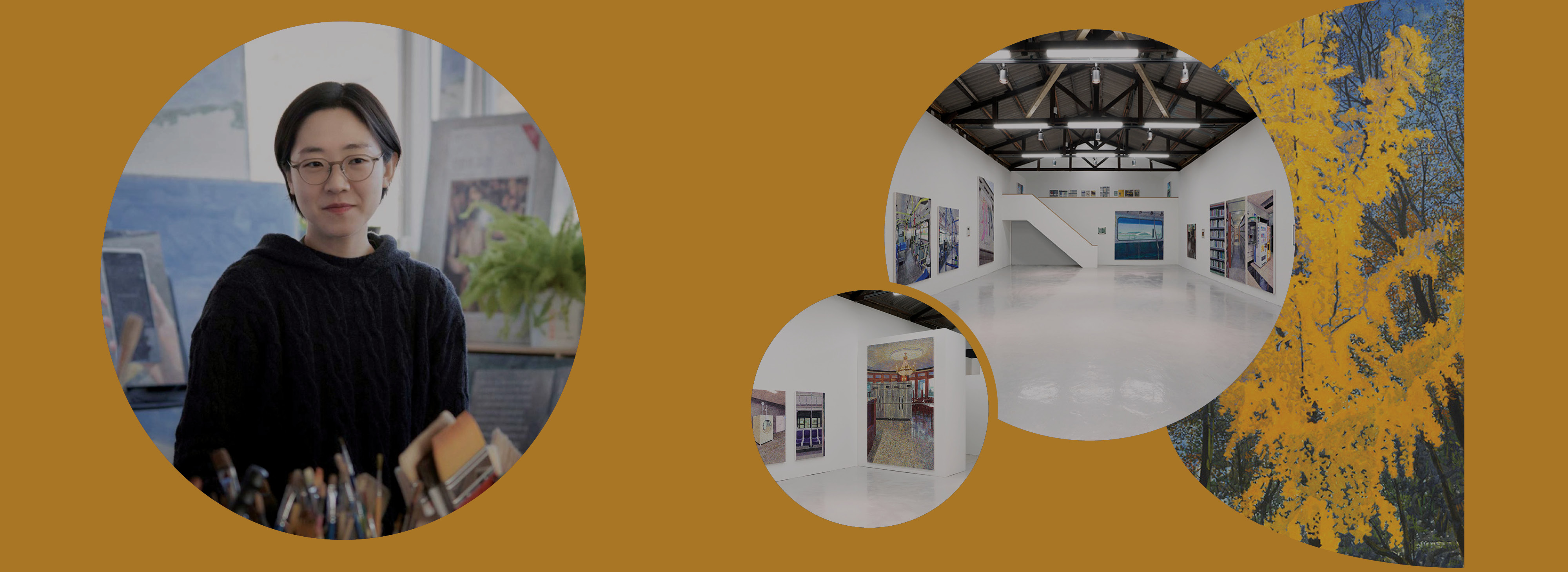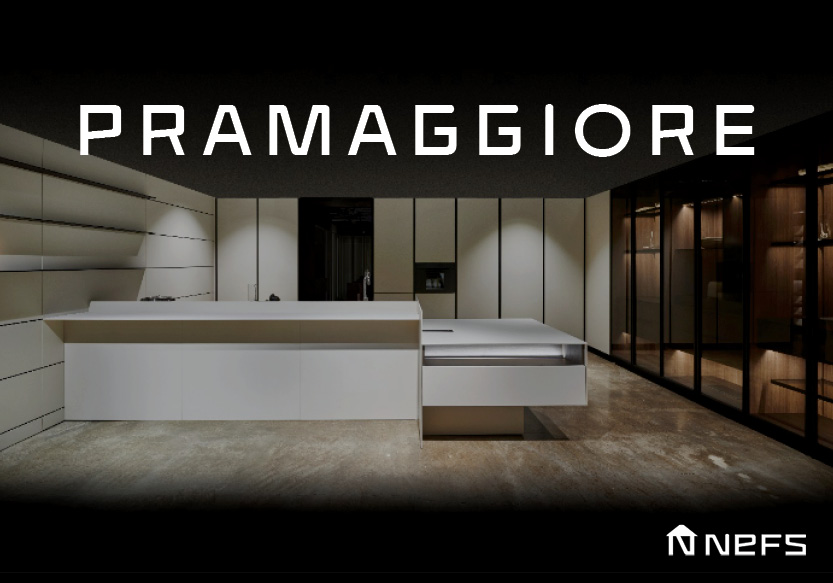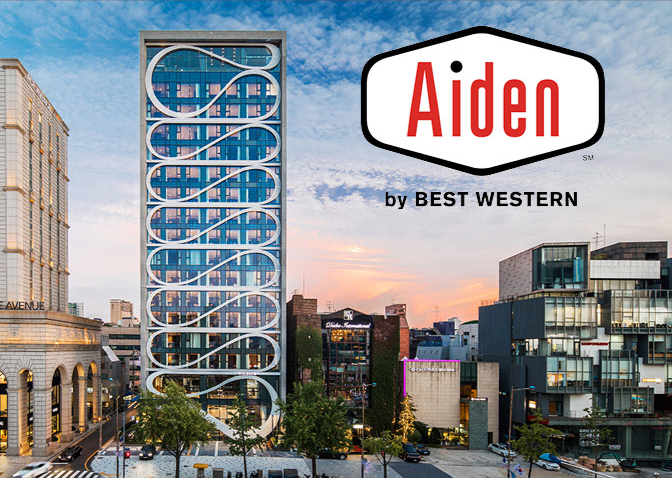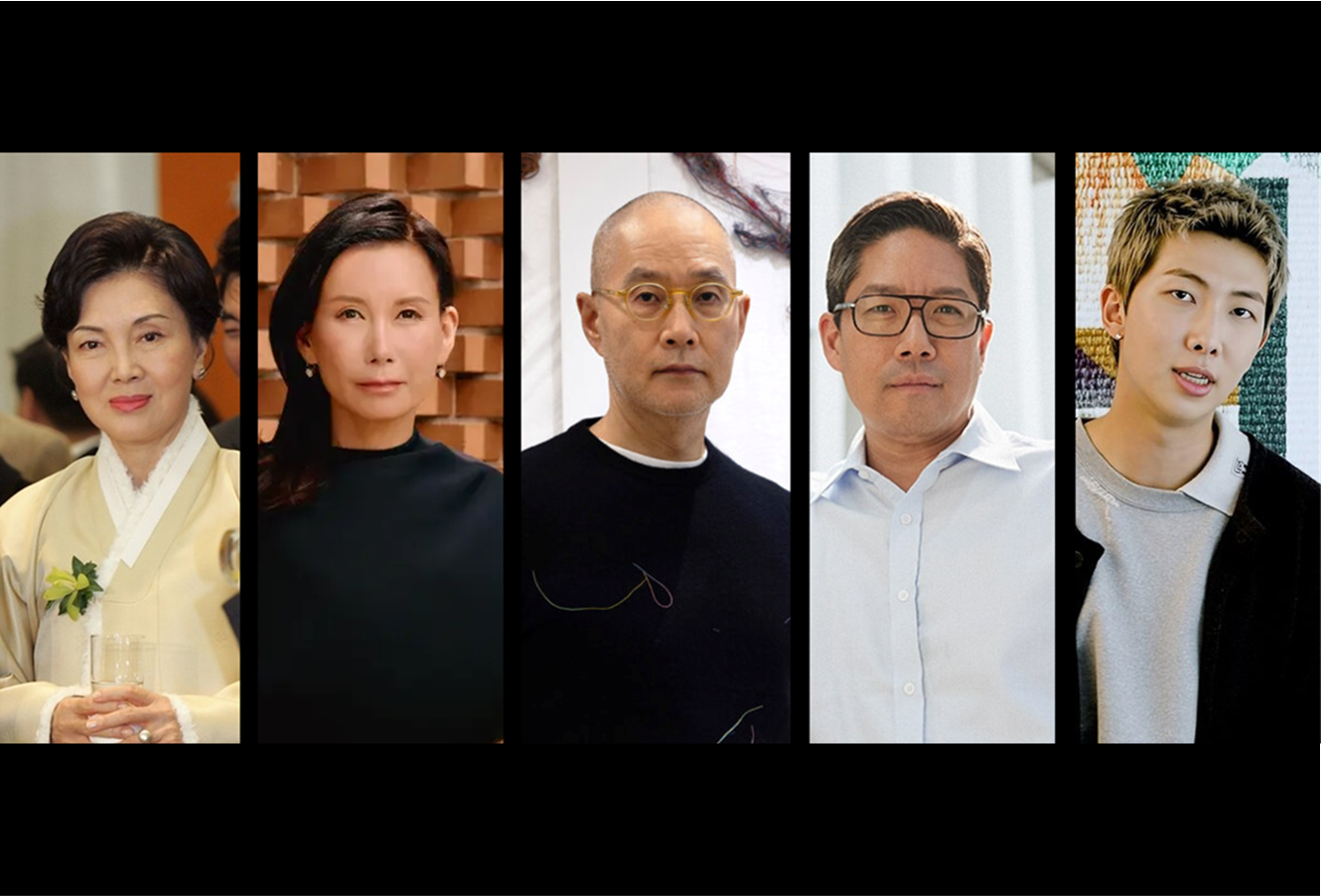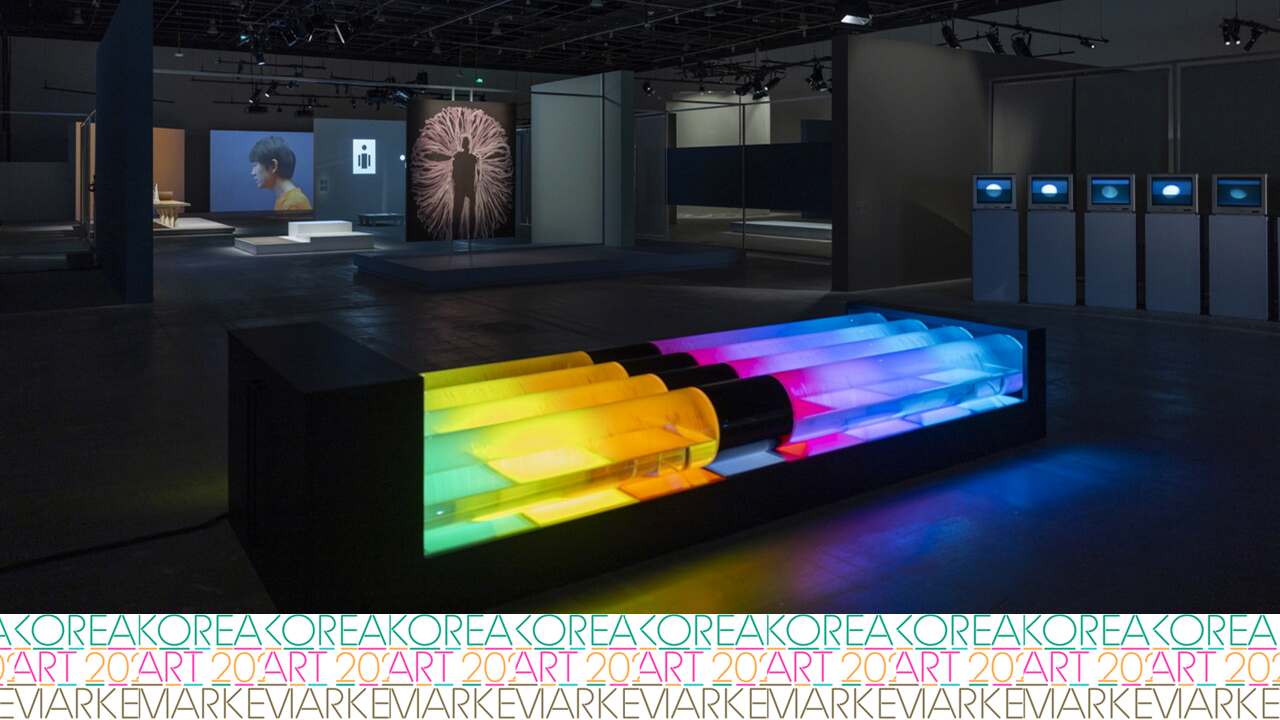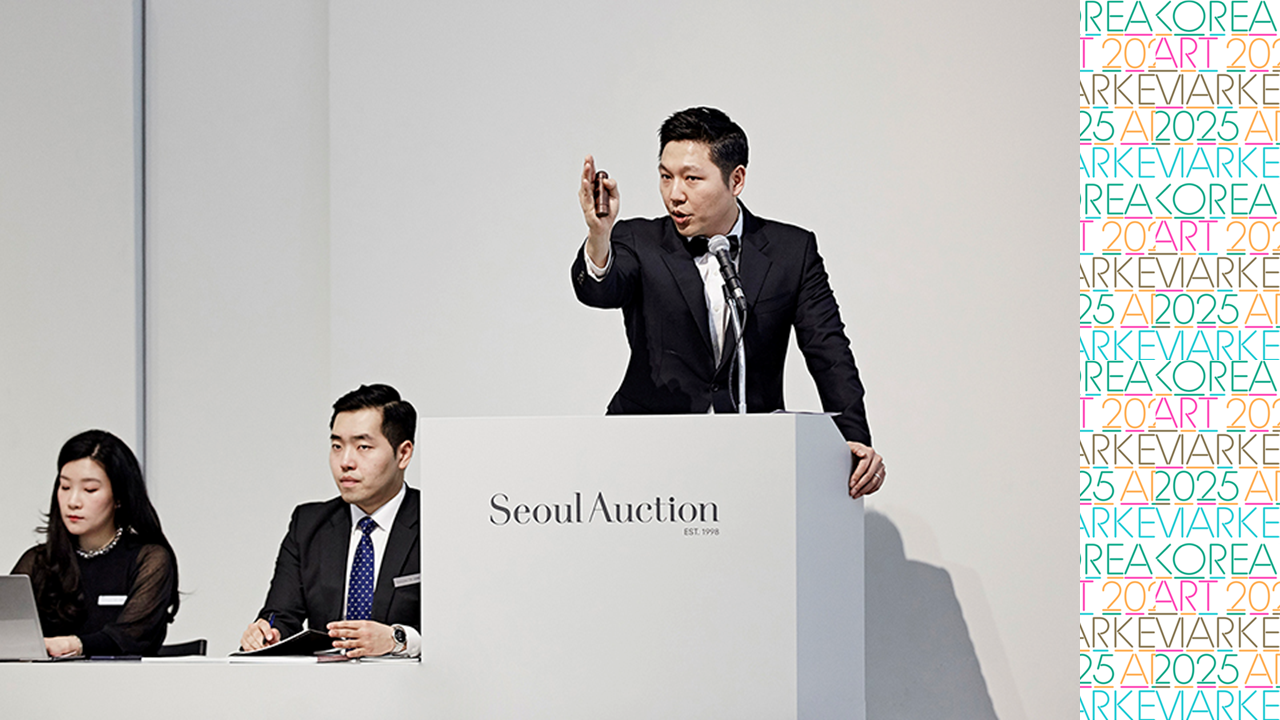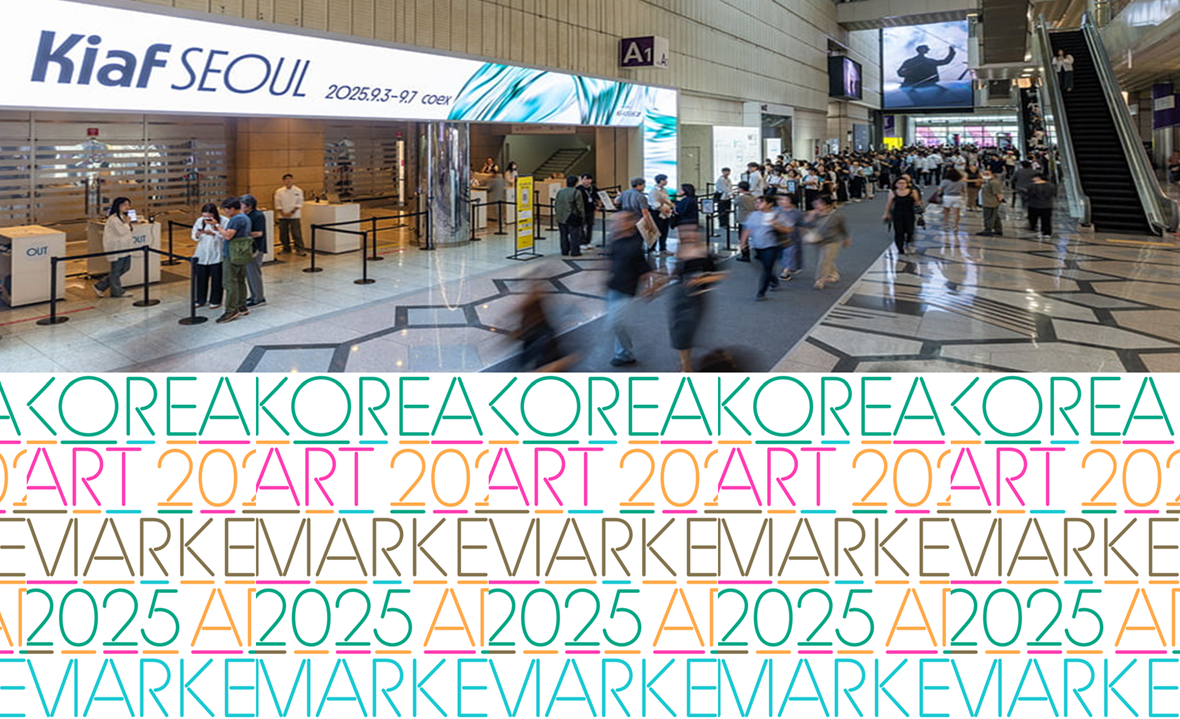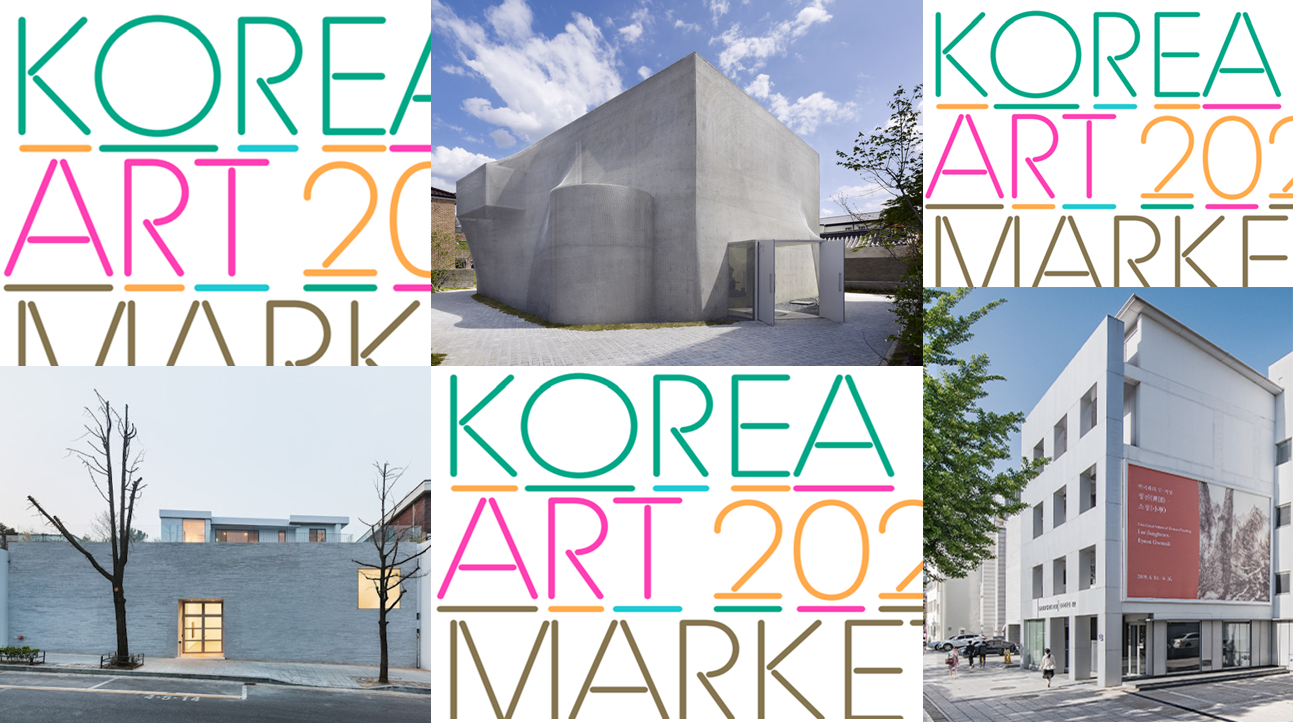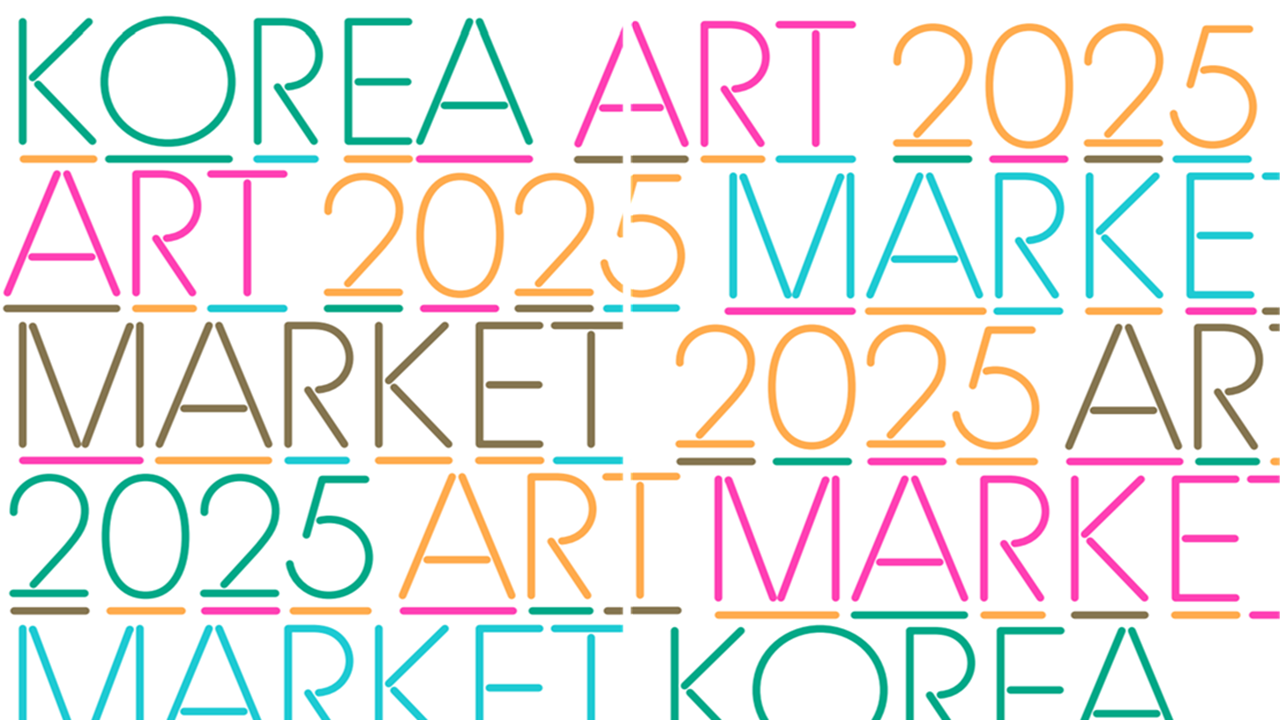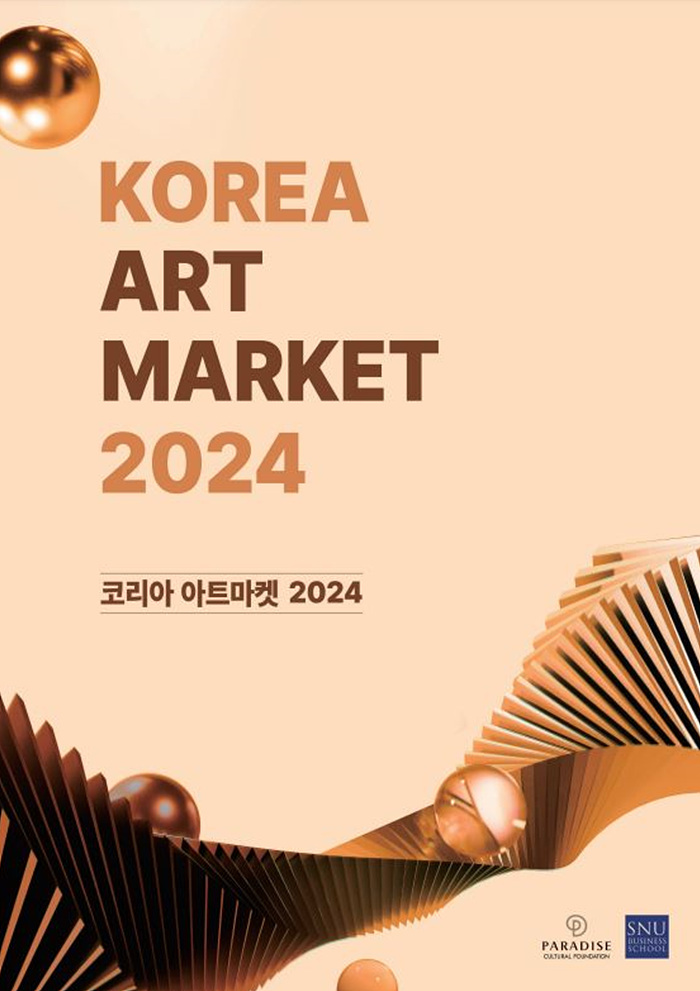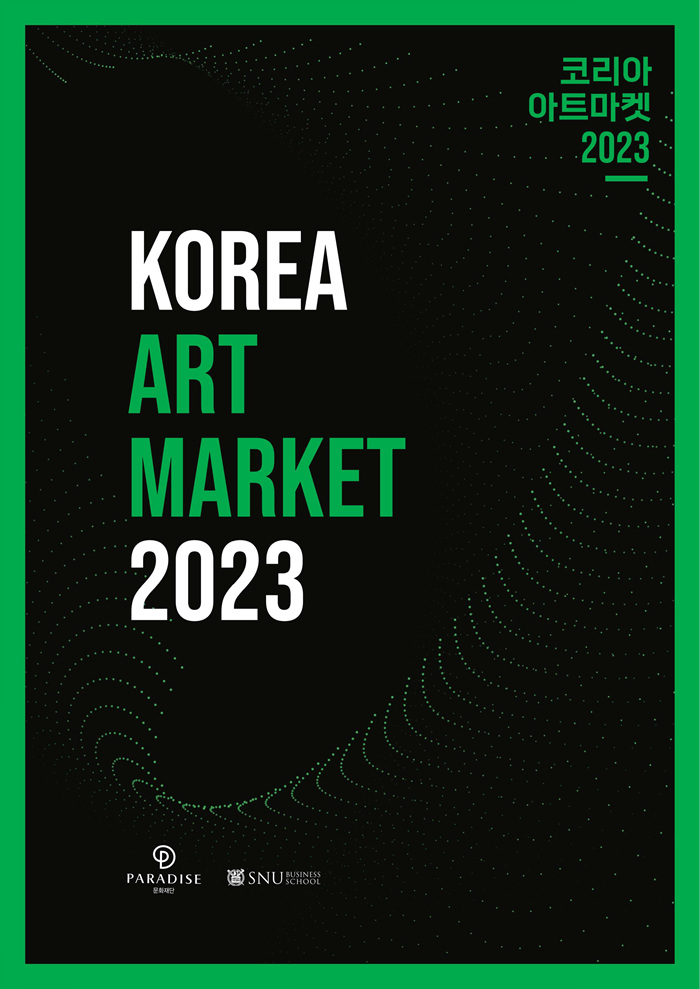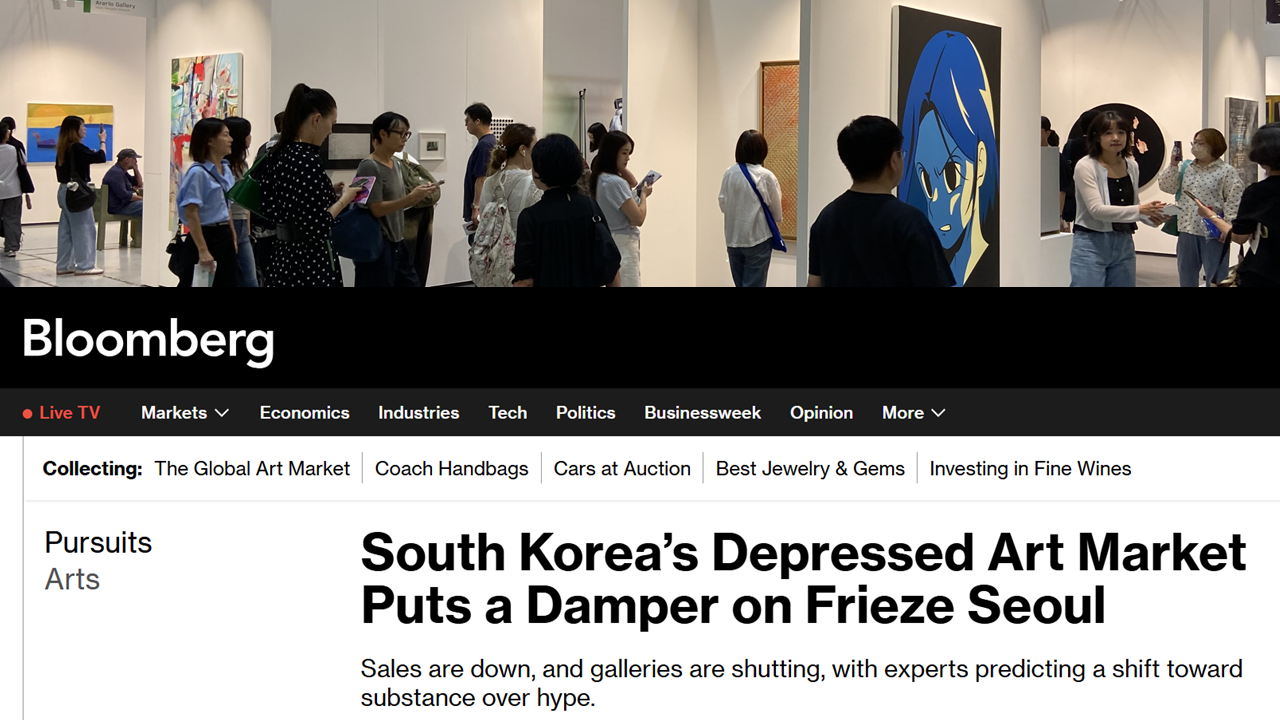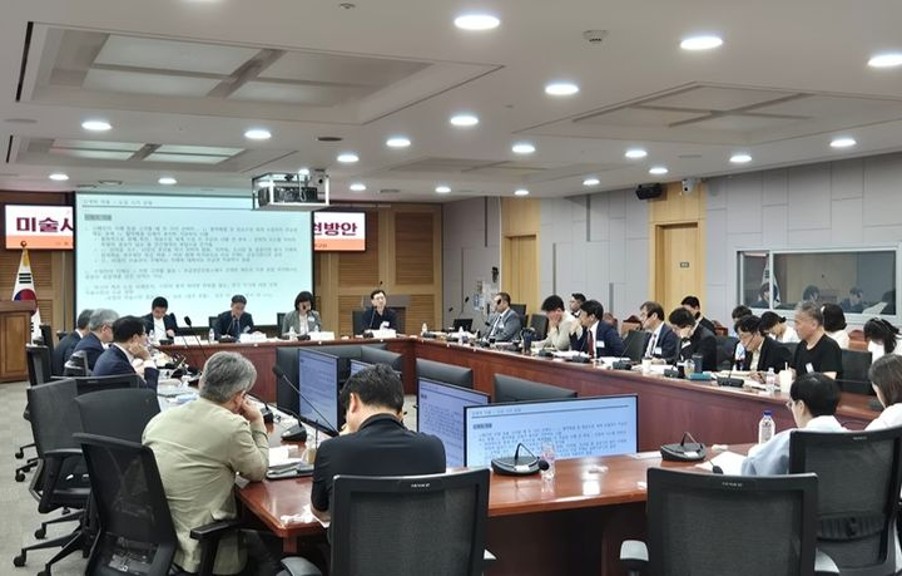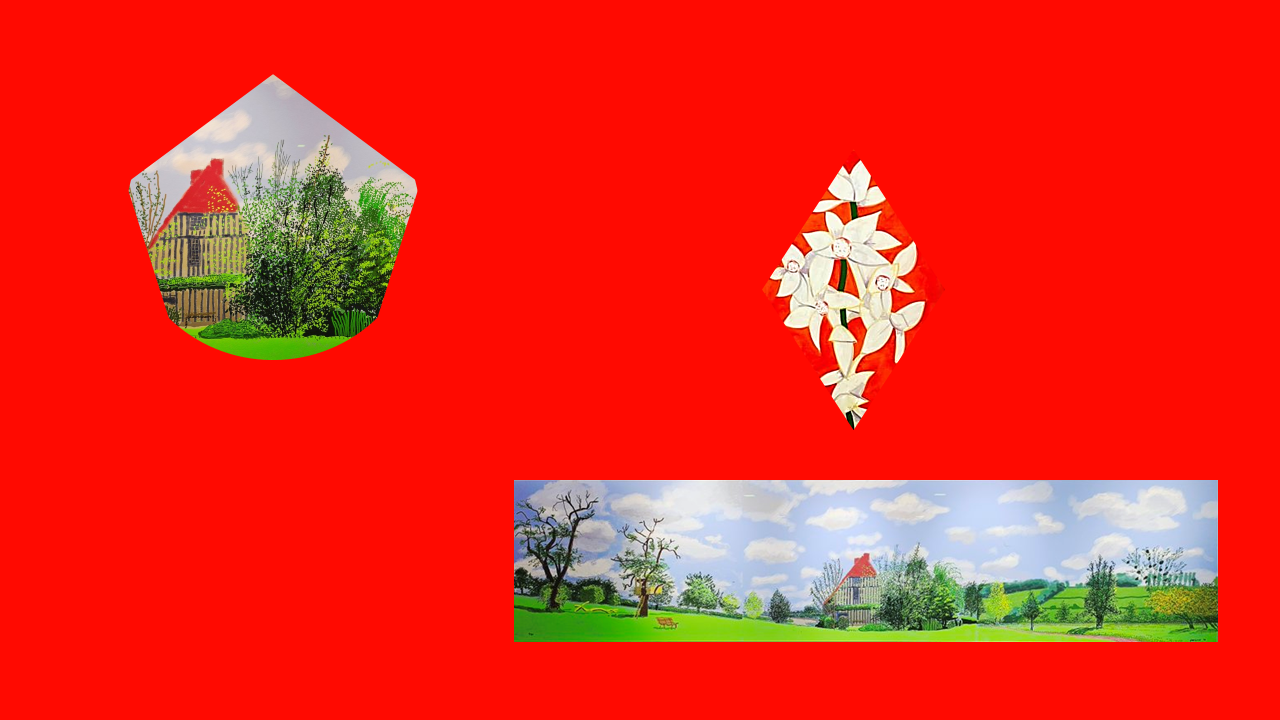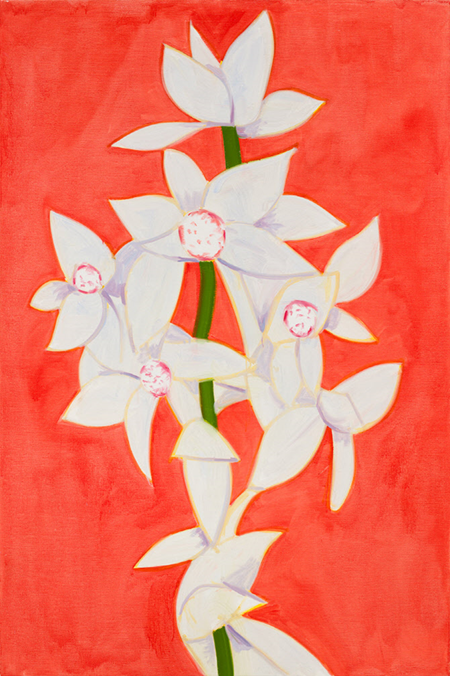The second
chapter of《Korea Art Market 2025》 focuses on the question of how galleries have adapted
to survive.
After a brief recovery in 2024, the market cooled again in early 2025. Yet the
report diagnoses this period not as a regression, but as “the
beginning of a structural transition.”
Beyond
Cost-Cutting: Preserving Relationships

Among the 26
galleries surveyed, 57.7% reported a decline in annual sales,
and more than half (53.9%) anticipated further decreases.
In response, 53.8% reduced art-fair participation, 30.8% cut
the number of exhibitions, and 23.1% downsized staff.
However, only 11.5% reduced the number of represented artists—showing
that most prioritized maintaining artist relationships over cutting costs.
According to
curator Jung Yu-jin of the Paradise Foundation, “The
criteria for survival have shifted from revenue to trust. Protecting artists
ultimately means protecting the market itself.”
Refocusing
Domestically, Cautious Abroad

The operational
focus of galleries has been clearly realigned.
69.2% emphasized domestic client development, 65.4%
prioritized artist and program planning, and 57.7% listed cost
management as key tasks.
By contrast, overseas client development (42.3%) and new
art-fair participation (7.7%) dropped in priority. In a volatile
global economy, most opted for consolidation rather than expansion.
A representative
from Kukje Gallery noted in the report: “Maintaining the
quality of exhibitions in Seoul has become more important than pursuing
expansion to New York or London. 2025 is the year of settling, not stretching.”
Polarized
Sales and the Return of the Mid-Range Market
While 61.5%
of galleries reported a decrease in average artwork prices, this
was not simply a sign of stagnation but of Market realignment.
Transactions above KRW 1 billion declined sharply, whereas sales
between KRW 100 million and 500 million increased, marking the return
of the mid-range segment.
Researcher Hong
Ye-rin interprets this as evidence that “long-term collectors are
replacing speculative buyers.” This shift benefits both established and
emerging artists.
Galleries such as The Page Gallery and Gallery
Baton have stabilized demand by focusing on young painters and
sculptors—building what they describe as “structures that share the artist’s
timeline of growth.”
Generational
Shift and the Market of Taste
In 2025, 57.7%
of respondents observed a rise in purchases by collectors under 50.
This generation—often educated abroad and digitally literate—values artists’
narratives and worldviews over investment returns.
Professor Lee
Hyun-woo of Seoul National University comments: “A gallery’s
success now depends less on price and more on narrative. The artist’s
philosophy, online presence, and immersive exhibitions increasingly drive
purchases.”
These younger
collectors see exhibitions not as “viewing” but as “participating.” They act
simultaneously as fans, patrons, and co-curators—reshaping the gallery model
around relationships rather than transactions.
Platform
Transition and a New Branding Logic

Instagram remains
the dominant promotional channel (96.2%), yet the use of official websites has
declined, while reliance on art magazines and professional media
has grown. The emphasis of communication has shifted from speed to credibility.
Since 2025, many Korean galleries have begun producing artist content in
collaboration with independent critics and writers, reinforcing a sense of
cultural authority.
The report
defines this as “a transition from short-term marketing toward the accumulation
of brand trust.”
In other words, quality of content has become the core metric of
survival.
The report also
highlights the need to strengthen in-house marketing systems
and reduce dependency on global platforms such as Ocula and Artsy,
identifying self-built digital infrastructure as a prerequisite for the
internationalization of Korean contemporary art.
Policy and
Structural Outlook

Professor Joo
Yeon-hwa of Hongik University, who led the gallery survey, writes
that “2025 marks the first visible stage of structural innovation
in Korean galleries.”
She emphasizes the urgency of building a collaborative ecosystem—including
public support for small and mid-sized galleries, digital archiving
infrastructure, and shared artist databases.
Researcher Kim
Min-seok of the Seoul National University Institute of Management
echoes this view: “Galleries are no
longer mere distributors of artworks. They are custodians of cultural assets. Sustainability depends not on market efficiency, but on the density of
relationships.”
From Survival
to Sustainability
“Galleries
reduced spending but preserved relationships. That choice became the turning point in transforming the market’s foundation.”
This is how《Korea Art Market 2025》concludes its chapter on gallery operations.
Galleries have
held onto their artists, collectors have chosen taste over speculation, and the
market’s center has shifted from money to meaning,
from survival to sustainability.
As Kim Min-seok writes, “The cold wave of 2025 is not an end, but
the beginning of a reconfiguration.”
The survey
included 25 major commercial galleries across Korea,
representing a broad spectrum of the art ecosystem—from leading Seoul
institutions to regionally anchored and internationally networked galleries
such as Arario Gallery, BAIK Art, BHAK, Cylinder, Duruartspace,
Gallery Chosun, Gallery FM, Gallery Hyundai, Gallery MEME, Gallery Shilla,
Gallery Sklo, Gallery We, Gana Art, Hakgojae, Jason Haam Gallery, Keumsan
Gallery, KIDARI Gallery, Kukje Gallery, P21, PKM Gallery, Sun Gallery,
Thaddaeus Ropac, ThisWeekendRoom, UM Gallery, and Wooson Gallery.
This composition
captures the full spectrum of Korea’s gallery landscape, balancing established
blue-chip entities with emerging and regionally based spaces.
Source (Download): Korea Art Market 2025 (Seoul National University Business Research Institute & Paradise Cultural Foundation, 2025).
Research
and Analysis: Prof. Joo Yeon-hwa (Hongik University Graduate
School of Arts Management)




